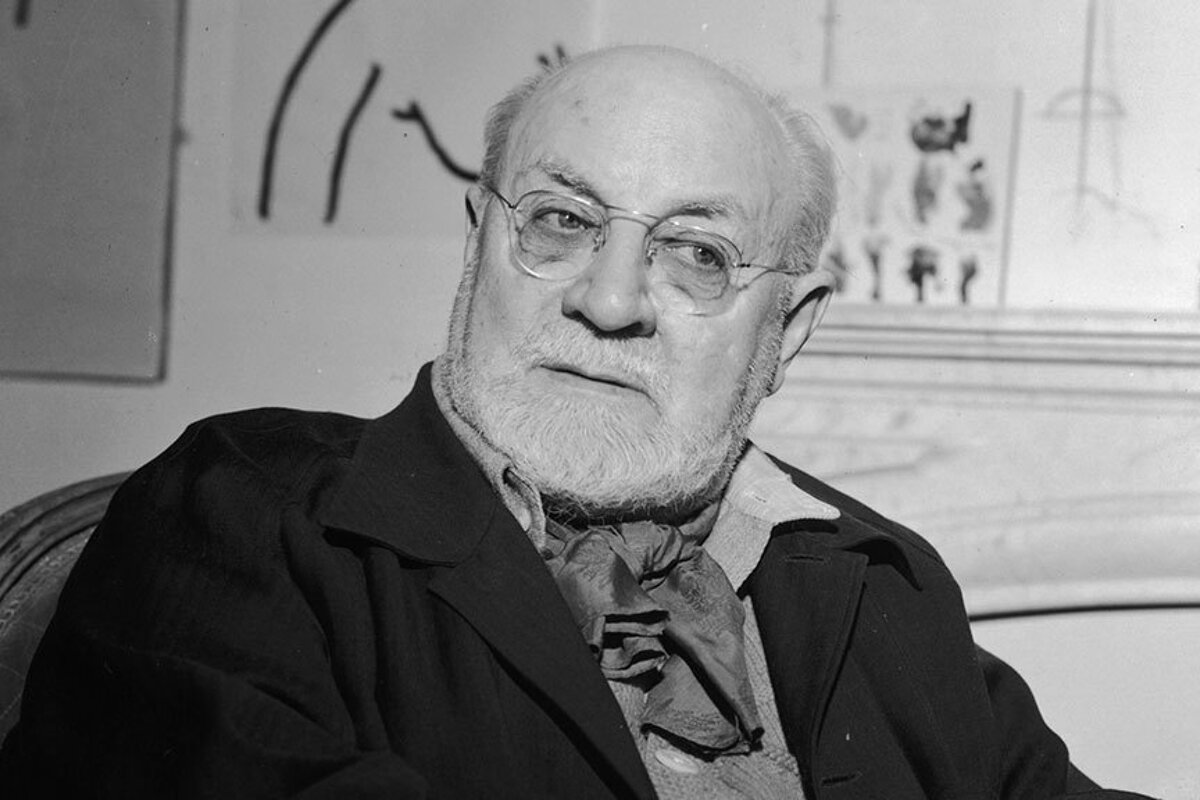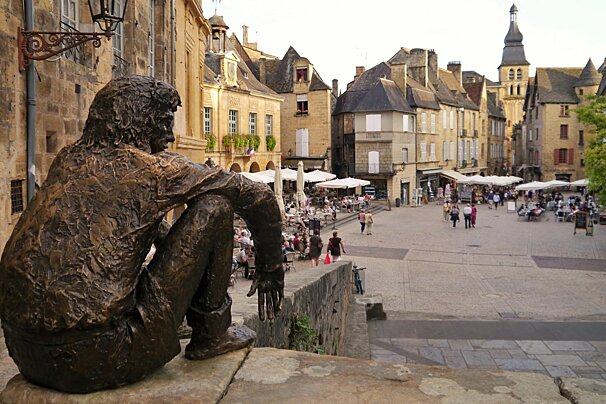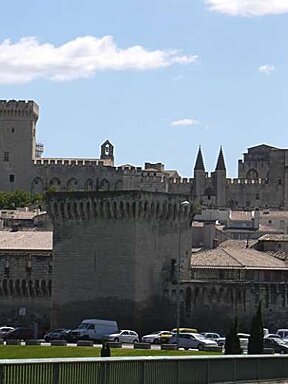

© Seeprovence.com

Henri Matisse
French artist who became a leading figure of modern art in the 20th century
Henri Matisse spent almost 40 years of his life in the French Riviera, enchanted by the quality of the light and the vivid colours that the light reflected. He lived in Nice for 27 years, and thereafter spent time in Eze, Saint Jean Cap Ferrat, Villefranche sur Mer, Beaulieu sur Mer and Cagnes sur Mer.
Born in the north of France, Matisse first came to Nice in 1917 to convalese after he developed bronchitis. By the time Matisse moved to the Riviera, his painting style had developed from Fauvism to neoclassism and orientalist odalisque styling. During the 1930's, his style became more simple and bolder, and he accepted many international comissions.
He rented a flat to use as his studio at 105 Quai des Etats-Unis, where he painted dozens of famous pieces - Self-portrait, Interior in Nice, and the mural, Dance II. Many of his works from this time feature the sights of Nice - The Bay of Nice, Mont Alban & Plage a Nice Vue du Chateau. Matisse struck up a friendship with Renoir who was living in Cagnes sur Mer at the time, and the artists shared their experiences of painting in the light of the Mediterranean.
During the 2nd World War, Matisse moved to Vence to escape the bombing and ended up staying for five years. It was here that he decorated the Rosary Chapel as a favour to the nun, Sister Jacques Marie. He referred to this work as a masterpiece that was the result of his entire life's enterprise, where he felt that visitors could 'be purified and relieved of their burdens'.
The Matisse Museum in Cimiez holds many of the artists work, particulary from the time when he lived here, plus an exhibition of some of his personal items. When Matisse died in 1954, he was buried in the Cemetery of Cimiez.
























